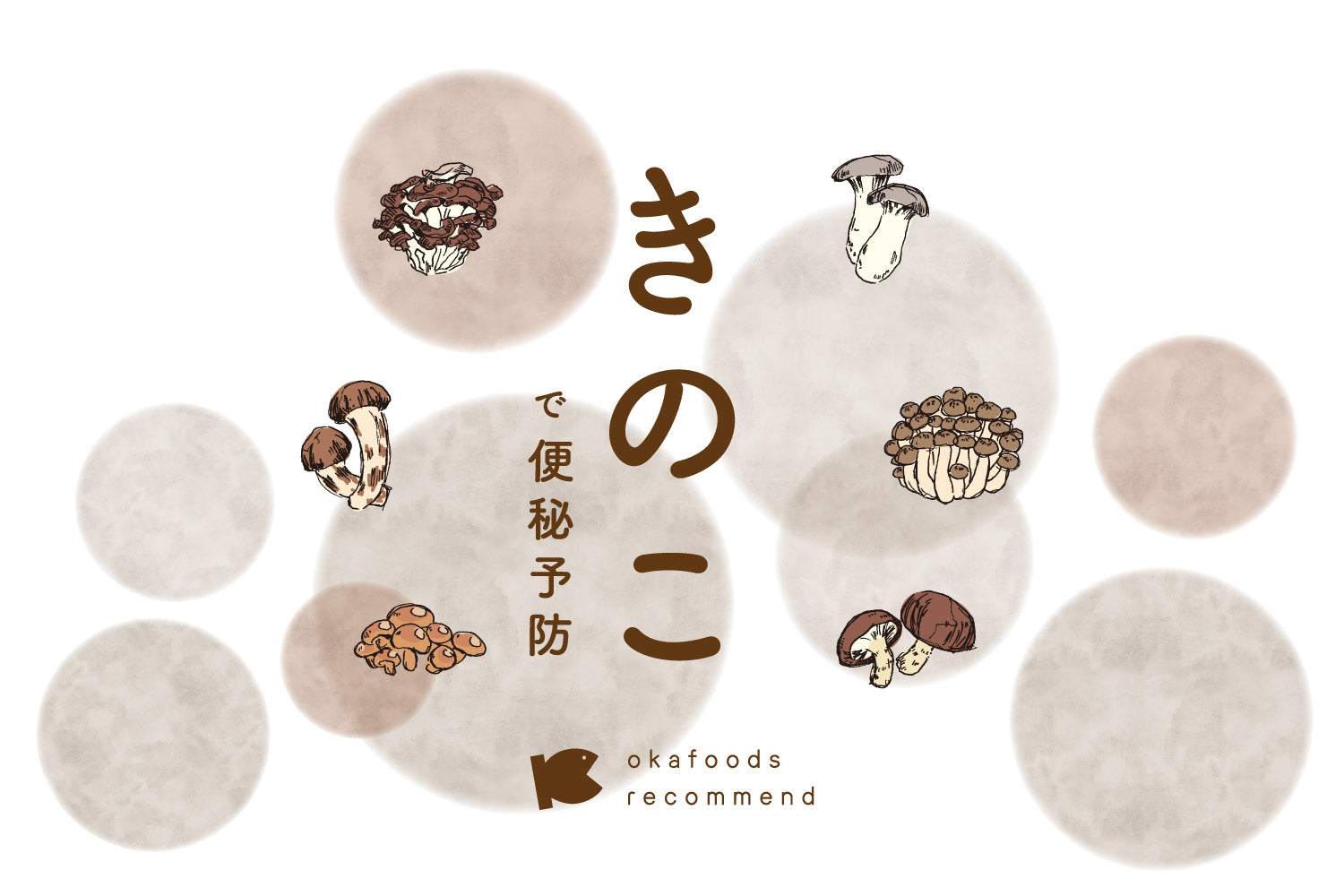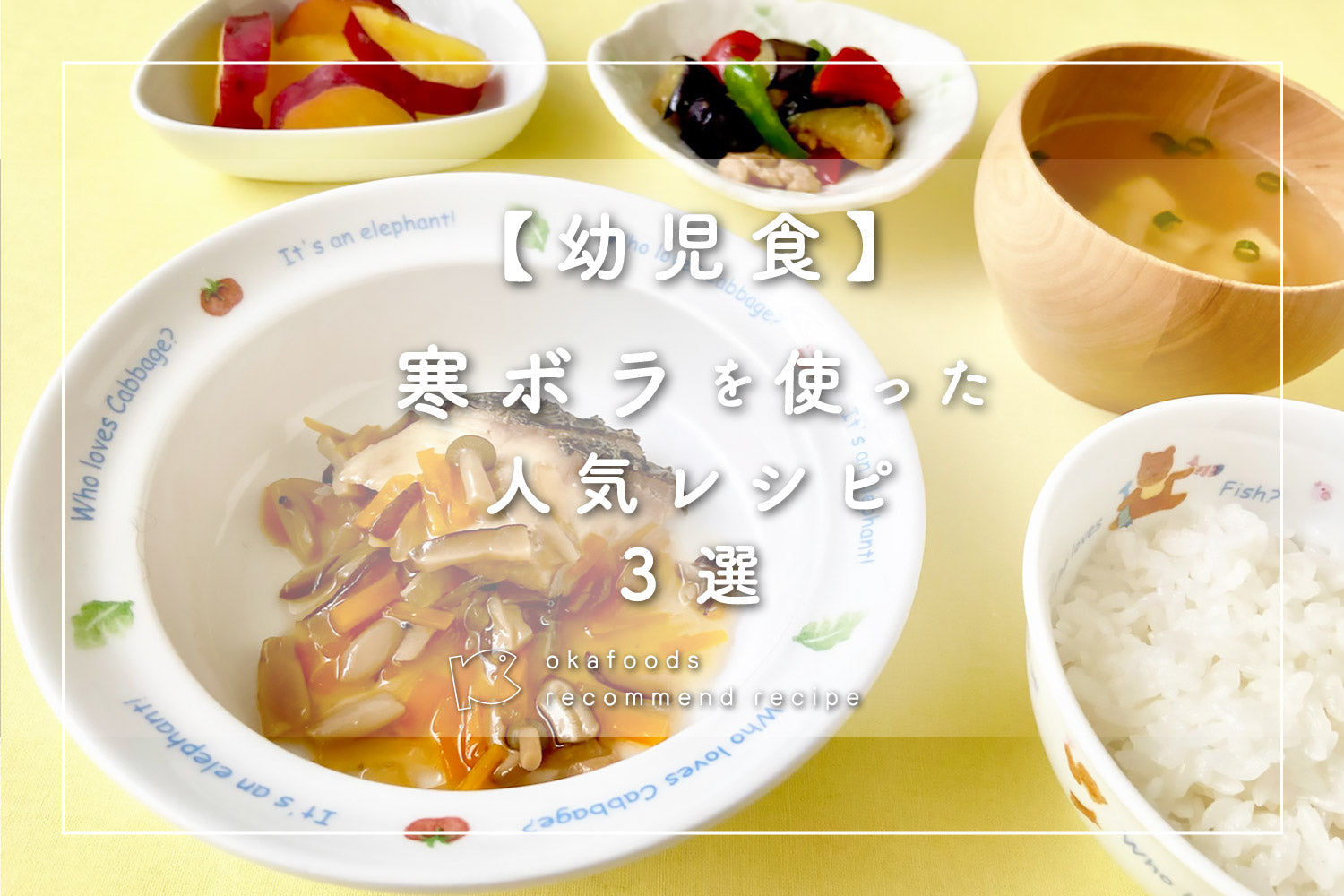We eat legumes and vegetables every day to get fiber.
The recommended intake amount is 21g or more for adult men and 18g or more for adult women.
However, the actual intake is only about 15g, and improving this lack of dietary fiber has become an issue.
Today's contents: "Plenty of dietary fiber!"
Contents
Dietary fiber intake for adults: 25g
text
Next year, the Dietary Reference Intakes for Japanese, which are revised by the Ministry of Health, Labour and Welfare every five years, will be revised, and a proposal has been compiled.
In particular, the guideline has attracted attention by including a target intake of 25g of dietary fiber for adults, which is a deficiency in dietary fiber.

The current recommended intake for children aged 3 to 5 is 8g. It is said that consuming a lot of dietary fiber can also help improve constipation, which is common among young children.
Contents
Compensating for dietary fiber deficiency
text
It will likely become even more important in the future to incorporate familiar fiber-rich foods such as beans, potatoes, and vegetables into school lunch menus to make up for the lack of fiber.Getting children familiar with fiber-rich foods and making it a habit to eat them daily from an early age may help prevent fiber deficiency in adulthood.
Contents
Braised trout
text
Trout is often baked, but if you coat it in flour and simmer it, it becomes smooth and easy to eat, and the color is beautiful.Menu: Rice, miso soup (with wakame seaweed), pumpkin and chickpea salad, stir-fried burdock
Allergens: None of the eight specific ingredients that must be listed
next
↓












